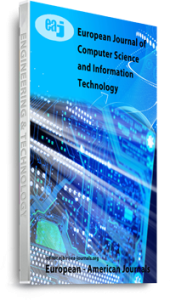The crayfish industry, primarily focused on Procambarus clarkii, is expanding rapidly but encounters challenges due to inadequate automation. Traditional manual visual inspection methods used for evaluating crayfish size and integrity during breeding and processing are labor-intensive and prone to errors. This study presents an improved algorithm based on the YOLOv8n framework to intelligently recognize and grade crayfish by accurately detecting the body, tail, and claws of Procambarus clarkii. The proposed approach introduces innovation by replacing the original loss function CIoU ( Complete Intersection over Union) with MPDIoU ( Modified Perfect Dark Intersection over Union). A novel scale factor, denoted as the ratio, has been introduced to adjust the size of the auxiliary bounding box within the loss calculation framework. This improvement, in conjunction with the MPDIoU loss function, notably enhances the accuracy and efficiency of bounding box regression. As a result, it enables the precise detection of the distinct body parts of crayfish, a pivotal advancement in automating the grading process. Empirical assessments demonstrated substantial enhancements in recognition accuracy.The incorporation of Inner-MPDIoU into the YOLOv8n model elevated the mean Average Precision ( mAP) from 83.7% to 90.8% across IoU thresholds ranging from 0.5 to 0.95. The results of this study highlight the effectiveness of the proposed algorithm in precisely recognizing critical elements of Procambarus clarkii. This investigation contributes to the overarching goal of attaining intelligent and accurate grading within the crayfish domain, potentially transforming conventional practices and enhancing industry productivity. The implications transcend mere automation, providing a groundwork for future exploration into intelligent systems tailored to the unique requirements of the crayfish industry.
Keywords: MPDIoU, Procambarus clarkia, YOLOv8, deep learning, image recognition

